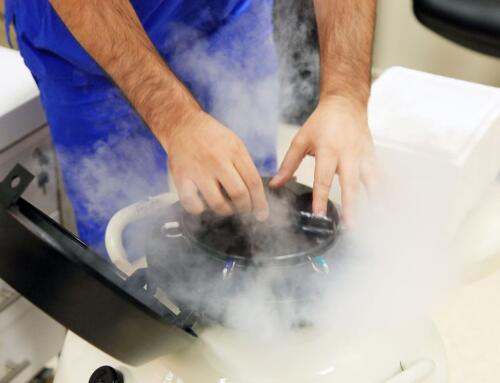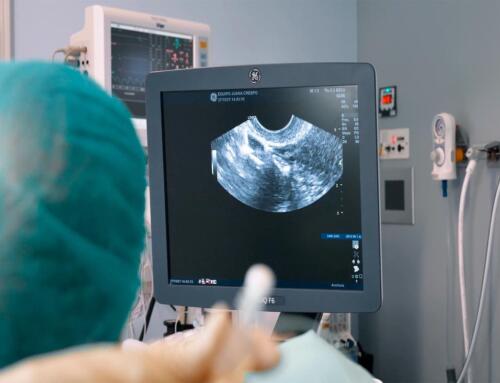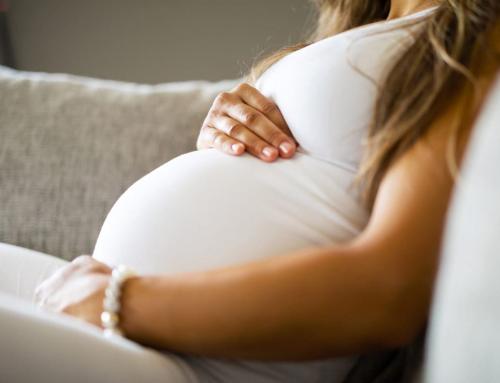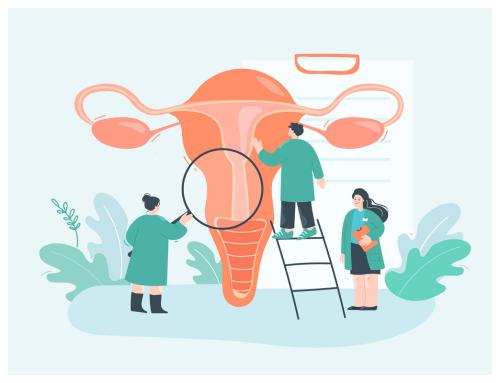After suffering a miscarriage or gestational loss, many women are emotionally vulnerable, and are especially concerned about whether they will be able to get pregnant again.
When miscarriage occurs spontaneously, achieving a new pregnancy does not need to be complicated.
Surgical treatment of miscarriage, whether elective or spontaneous, must be carried out by expert personnel because, if curettage is not performed properly or complications arise, subsequent fertility may be compromised.
Both in cases of spontaneous abortion and induced abortion, it is advisable to consult with the gynecologist about the right time to try to get pregnant again.
Chances of pregnancy after miscarriage
According to the World Health Organization (WHO), a miscarriage is defined as “the spontaneous termination of pregnancy before the fetus is viable”.
It is estimated that between 8 % and 20% of pregnancies end in miscarriage, although sometimes it occurs at such early stages of embryonic development that the woman is not even aware of her condition.
Most miscarriages are linked to chromosomal alterations of the embryo and, after this episode, it is easy to achieve healthy pregnancies, especially in young women. In fact, after this first loss, the risk of miscarriage in a future pregnancy is the same as that of any other woman.
This percentage will rise to 28% in case of two consecutive miscarriages and up to 43% in case of a third one.
The gestational loss of 3 or more pregnancies before 20 weeks implies that a couple or a woman, although not sterile, has infertility problems, since the pregnancy is not carried to term. This is what is known as “repeat miscarriages”.
Causes of miscarriage
Knowing the cause of repeated miscarriages is not always easy, although there are factors that can alert us. One of them is the advanced age of the mother-to-be, which is also associated with genetic causes. These are behind 70% of repeat miscarriages and may also be due to one or both parents being carriers of a chromosomal alteration in the karyotype or to possible alterations in the male’s spermatogenesis.
Repeat miscarriages are also related to alterations in maternal blood coagulation, immunological causes (autoimmune or alloimmune), anatomical (septate uterus, submucous uterine myoma, Asherman’s syndrome or cervical insufficiency) or endocrine (corpus luteum insufficiency, diabetes mellitus or thyroid disorders such as hypothyroidism and hyperthyroidism).
How to achieve pregnancy after repeat miscarriage
The procedure for achieving pregnancy after repeated miscarriages depends on the specific cause of the miscarriages, hence the importance of making an accurate diagnosis as soon as possible.
Diagnostic tests may include blood tests, chromosomal tests and different procedures to detect uterine problems (ultrasound, MRI, hysteroscopy, hysterosalpingography or hysterosonography).
Many of these patients resort to assisted reproduction treatments in order to have a healthy newborn.
One of the treatments that can help us to avoid repeated miscarriages is the Preimplantation Genetic Test (PGT), which has become a fundamental tool for chromosomally evaluating the embryos and selecting those that have a normal karyotype and therefore have a greater probability of implantation.
If repeated miscarriages are related to coagulation problems or thrombophilic causes, it will be necessary to strictly monitor the pregnancy and start treatment with heparin and/or aspirin, which the pregnant woman should take throughout her pregnancy.
Finally, if pregnancy is not achieved after several attempts, if it is not possible to identify the cause of the miscarriages or if no healthy embryo is obtained after PGT, experts will recommend the use of donor gametes (sperm donation and ovodonation).
Is it easy to get pregnant after a miscarriage? How long should I wait?
If it is a spontaneous abortion
After a miscarriage, women experience vaginal bleeding and abdominal pain which usually lasts one or several days and can be similar to period pain. After that, it takes approximately 4 to 6 weeks for menstruation to occur.
Unless otherwise instructed by your doctor, you do not need to wait to try to get pregnant again. In fact, it is possible to have a miscarriage and a new pregnancy in the same month, as some studies indicate that the earlier you become pregnant again, the less likely you are to suffer a new miscarriage or other gestational complications.
The best thing to do is to wait for a menstrual period so that the endometrium can regenerate as well as possible.
This is from a physiological point of view. From an emotional point of view, and due to the emotional implications that such a loss can have, the WHO recommends waiting at least 6 months before trying to conceive a child again, as they consider that this is the time necessary for a woman to recover psychologically.
If the abortion is induced
With regard to induced abortions, they can be pharmacological (with the abortion pill) or surgical (with instruments that may require anesthesia or sedation, ultrasound monitoring and aftercare), and the recommended waiting time to seek a new pregnancy depends on each case.
The reason for this is that surgical abortions can cause lesions in the wall of the uterus or cervical insufficiency that can make a new pregnancy difficult.
In addition, despite being a simple intervention, in these cases there is a risk of infection, vaginal bleeding or uterine tearing.
If the reason for the abortion is an ectopic pregnancy, it is advisable to wait at least one menstrual cycle to become pregnant again. This will help reduce the risk of complications in the future.
On the other hand, if the induced abortion is due to medical issues, such as the pregnancy posing a serious risk to the mother’s life or if fetal anomalies or serious illnesses have been detected, the psychological recovery time for the loss may be longer, since gestation in these cases is usually interrupted at a more advanced stage.
Therefore, each situation should be evaluated by the gynecologist on an individual basis.
















